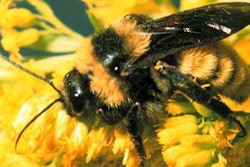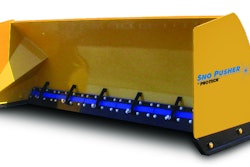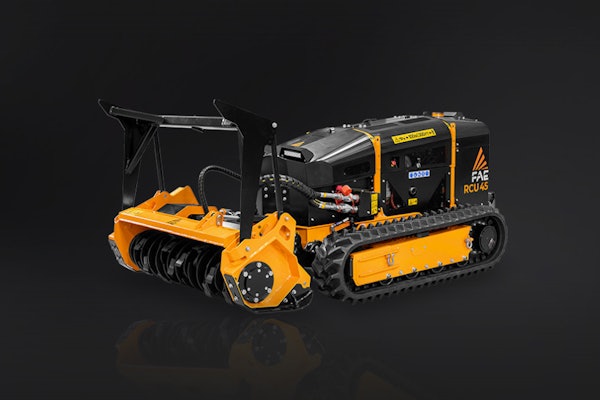Landscapers should be on the lookout for one insect this summer that is causing quite the stir.
The blacklegged deer tick may seem harmless on the outside, but one bite could be life threatening.
The tick can carry Lyme Disease.
Lyme Disease is caused by the bacterium Borrelia burgdorferi and is transmitted through humans.
The Occupational Safety and Health Administration (OSHA) advises certain regions be on the lookout.
“The peak tick season is May though September,” OSHA’s site states. “The areas of highest risk are the Northeast, Great Lakes Region and an area in Northern California. The disease is transmitted after the tick has attached to the individual for 36 to 48 hours. Between 15 and 30 percent of the ticks are infected. The longer the tick is attached, the greater the probability of infection.”
Insect Shield has offered a few tips to help those who work outside safe from the dreaded disease.
1. Where Ticks Live: Ticks are not out in the middle of your lawn, they live where yards border wooded areas, or anywhere it is shaded and there are leaves with high humidity. Place a layer of wood chips between your grass yard and the woods edge. Ticks are attracted to the wood chips because of the shade and moisture it provides.
2. Tick Checks: Do periodic tick checks and carefully remove any found. (Wear light colored clothing so ticks are easier to find.)
3. Working Outdoors: Try to remain in the center of a trail in order to minimize your exposure. Remember – ticks cannot fly, they crawl up. Avoid sitting directly on the ground, woodpiles or fallen logs – areas where ticks love to live.
4. Personal Protection: Wear tick repellent work wear. Insect Shield repellent work wear is EPA registered to repel ticks.
OSHA has also provided a few suggestions on what to wear:
- Wear long sleeves; tuck pant legs into socks or boots.
- Wear high boots or closed shoes that cover your feet completely.
- Wear a hat.
- Use tick repellants, but not on your face.
- Shower after work. Wash and dry your work clothes at high temperature.
- Examine your body for ticks after work.
- Remove any attached ticks promptly and carefully with fine-tipped tweezers by gripping the tick. Do not use petroleum jelly, a hot match or nail polish to remove the tick.
Signs of Lyme Disease:
Early Signs and Symptoms (three to 32 days after tick bite)
- Characteristic “bulls-eye” (red, circular) rash at the site of the tick bite. Most common sites are scalp, groin, and armpits.
- Fever
- Headache
- Fatigue (feeling tired)
- Muscle and joint pain
- Swollen glands
Later Signs and Symptoms (six to nine months after tick bite)
- Weak facial muscles
- Stiff neck
- Irregular heart beat
- Numbness
- Shills loss of appetite
- Dizziness
- Persistent fatigue (feeling tired)
- Double vision










